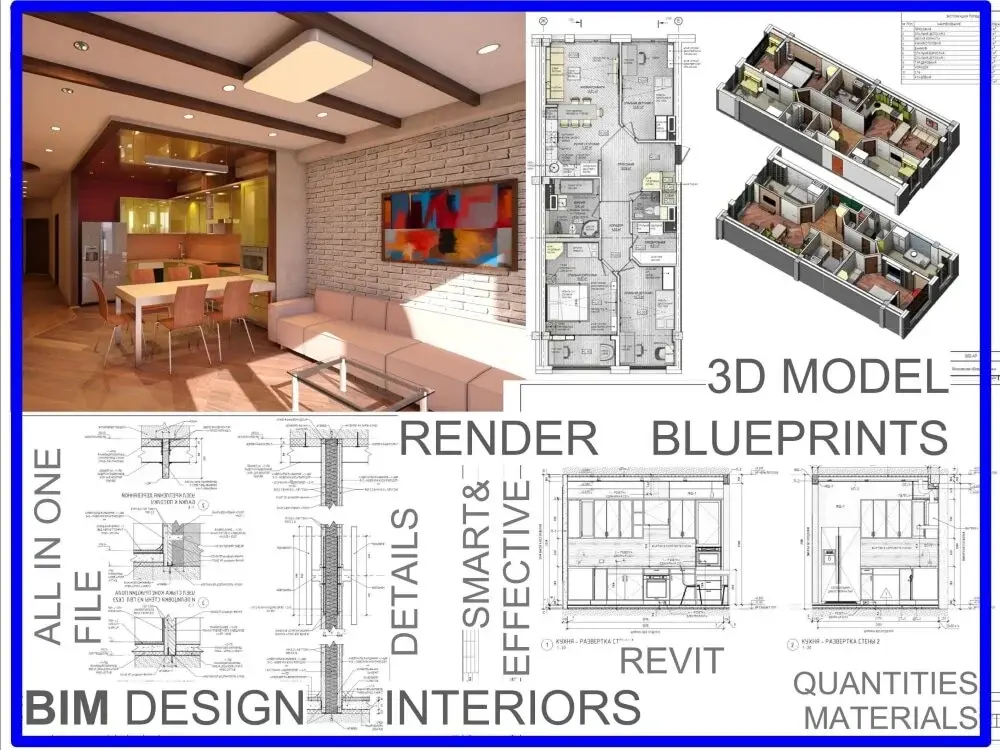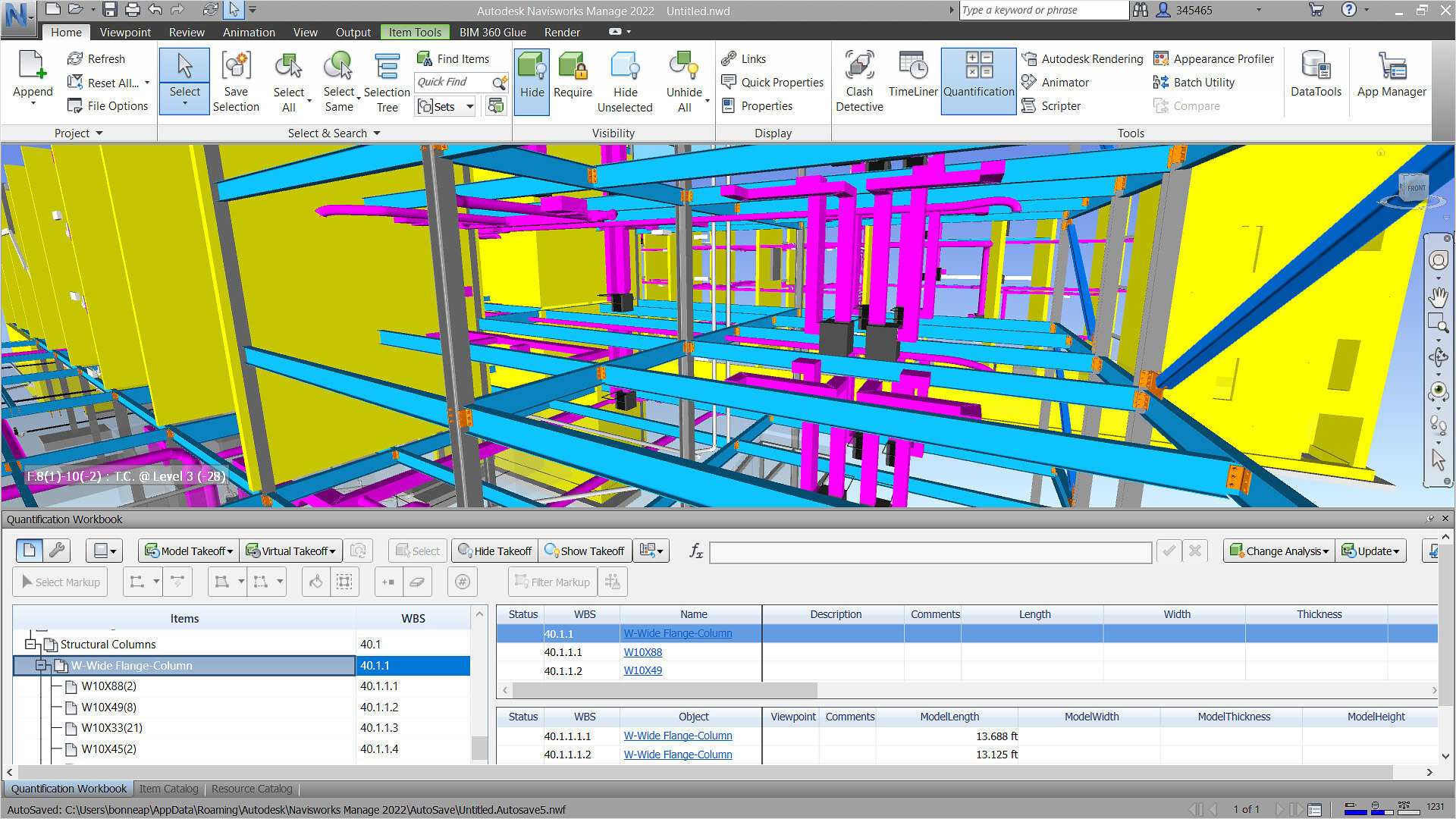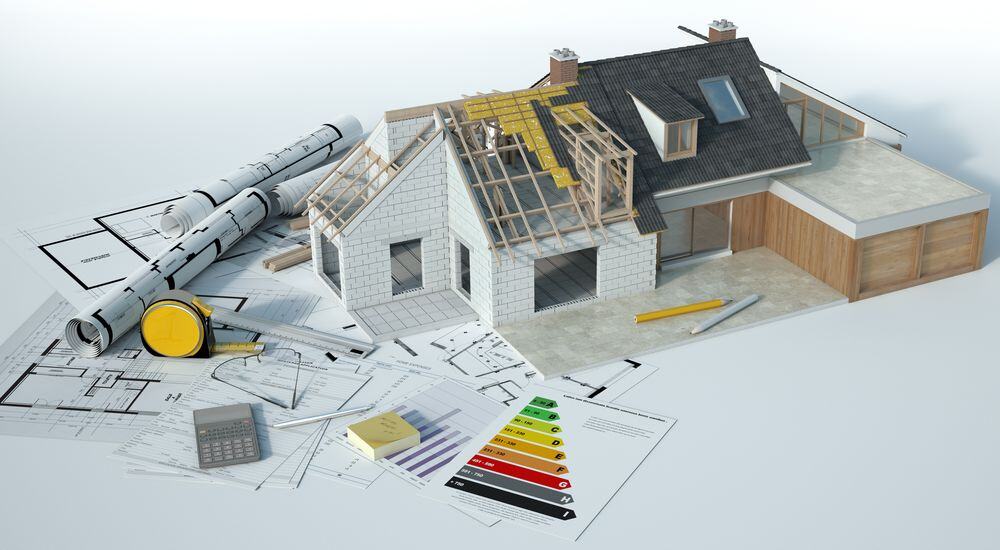Clash Detection in BIM: Process, Benefits & Best Practices
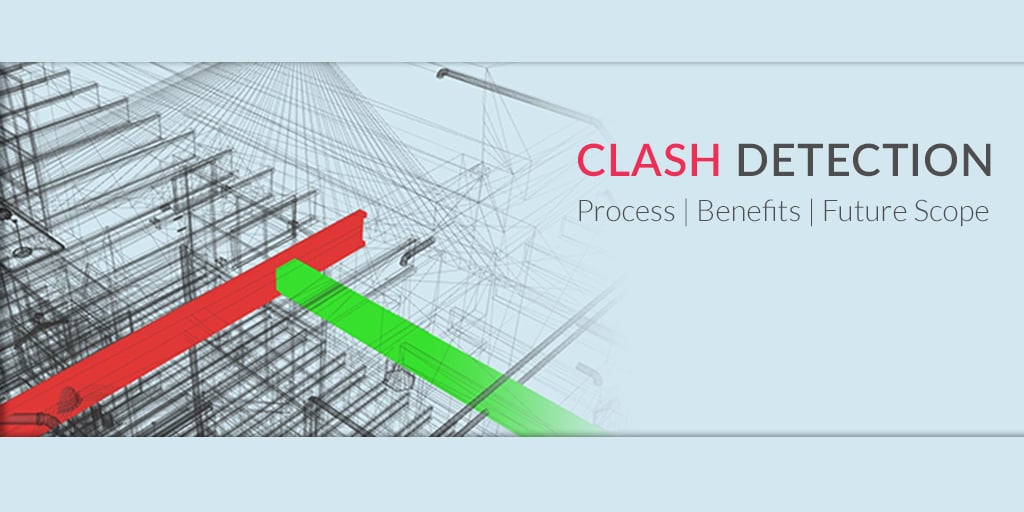
Table of Contents
Architecture, Engineering, and Construction (AEC) is a dynamic field involving multiple stakeholders from different fields to work on respective requirements. It can include architects, civil engineers, designers, contractors, vendors, suppliers, etc. The involvement of multiple stakeholders can create major complexities in the project, as everyone has different opinions and ways of working. This is when BIM (Building Information Modelling) comes to the rescue by offering a streamlined workflow where all stakeholders can communicate effectively. During the designing process, you can leverage clash detection in BIM modelling to find more clarity and reduce the re-work at the site.
So, if you want to learn more about Clash Detection and BIM Modeling, read the blog further.
Understanding Clash Detection 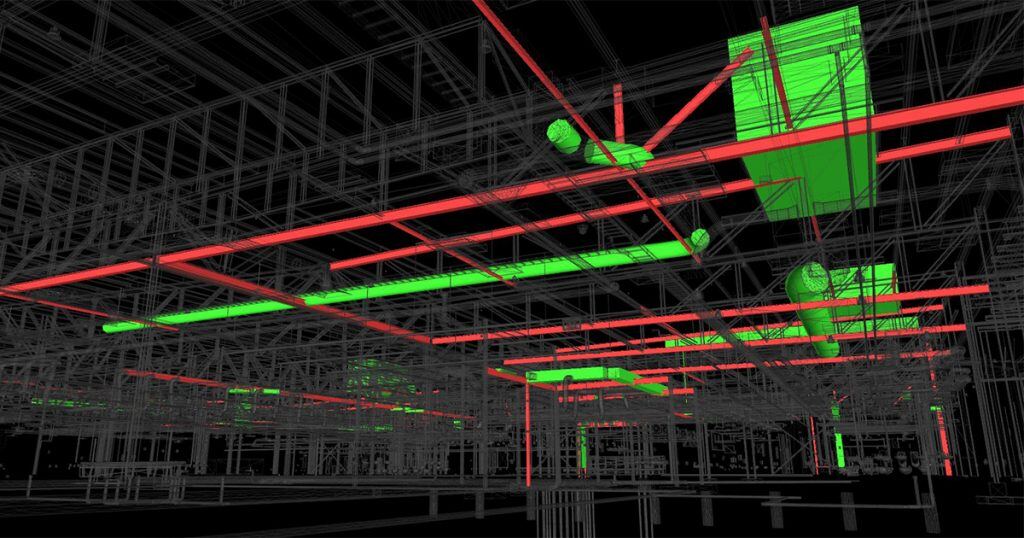
Architectural projects include multiple trades like Landscape, Structure, Interior, and Mechanical, Electrical, Plumbing, and Fire Protection Systems (MEPF). BIM Clash Detection helps identify errors and solutions between these multiple trades. The stakeholders work individually on the project, which might lead to the risk of overlapping various factors.
This concept is not entirely new in the AEC industry, but it was performed earlier at the construction site. However, with architectural advancements and tools like BIM and Navisworks clash detection, it takes place during the pre-construction phase. It enables the stakeholders to visualise and get a clear design overview and helps them identify and solve potential disputes for accurate final results. Simply put, it speeds up the construction process and allows architects and other stakeholders to prevent multi-level design changes.
Also Read: The Future of Construction: Embracing BIM for Competitive Advantage
How BIM Can Make Clash Detection Efficient
BIM clash detection helps detect architects, designers and contractors eliminate chances of multiple design changes at different levels. BIM tools and software identifies and addresses conflict in a virtual environment, saving money, time and effort in construction projects. BIM ensures clash detection improving project efficiency and constructability by optimizing construction timelines. Clash detection in BIM requires several practices that determine the impact and cause of each error. Specialised tools within BIM software automate the clash detection process. These tools analyse 3D models and point out areas with probable physical clashes. The results are presented visually, offering a proactive approach for teams to access and resolve it.
Significance of Clash Detection in Design Integrity 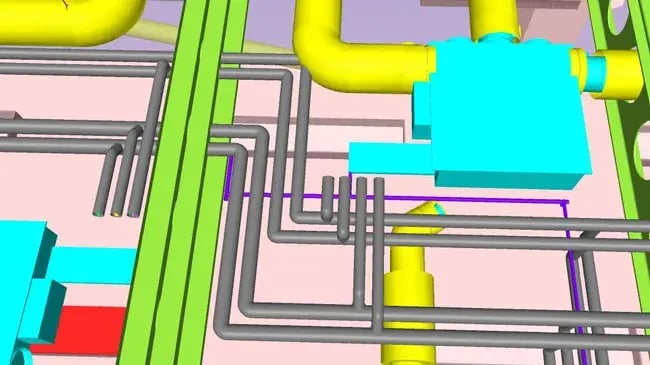
In the architectural and construction industry, maintaining design integrity is one of the key roles. Clash detection plays a crucial role in ensuring the seamless integration of various project elements. Let’s discuss the significance of clash detection and its effect on the design field:
1. Preventing Construction Errors
Clash detection serves as the first layer of defence against construction errors. It helps identify and address the conflicts between structural components and MEP (Mechanical, Electrical, and Plumbing) systems at the earliest design stage. It saves time and resources used in the construction phase. The increased accuracy achieved in clash detection in BIM modelling leads to lesser re-work on projects, reduced project delays, and on-time project delivery.
2. Optimising Resource Management
Clash detection in BIM modelling also aids in the optimal allocation of resources in the entire project. By giving clear insights into potential concerns and issues, the architects, engineers, and other stakeholders can strategically plan the use of materials, time, and workforce. This helps save costs, minimises waste, and contributes more to applying sustainable practices.
3. Maintaining Project Deadlines
Preventing conflicts in the planning stage lowers the possibility of construction delays significantly. Removing one issue at a time will make the project more efficient and on schedule. Being on time is essential to maintaining the building company's reputation and satisfying client expectations.
4. Automated Clash Detection Process
Various BIM clash detection tools come with multi-element and multi-trade clash detection, which is automated in the system. BIM enables architects and engineers to model everything ahead of time. It helps in reducing on-site conflicts and miscommunication.
5. Effective Communication
Clash detection BIM software have advanced visualisation capabilities, making it easier for all project stakeholders to comprehend the conflicts and recommended solutions. It helps in providing effective communication, ensuring that everyone clearly understands the issues and the steps taken to address the problems. Architects can use clash detection in Navisworks to open and combine 3D models, direct them in real-time, and review the model via different tools, including viewpoints, suggestions, measurements, and more.
Understanding the Clash Detection Process 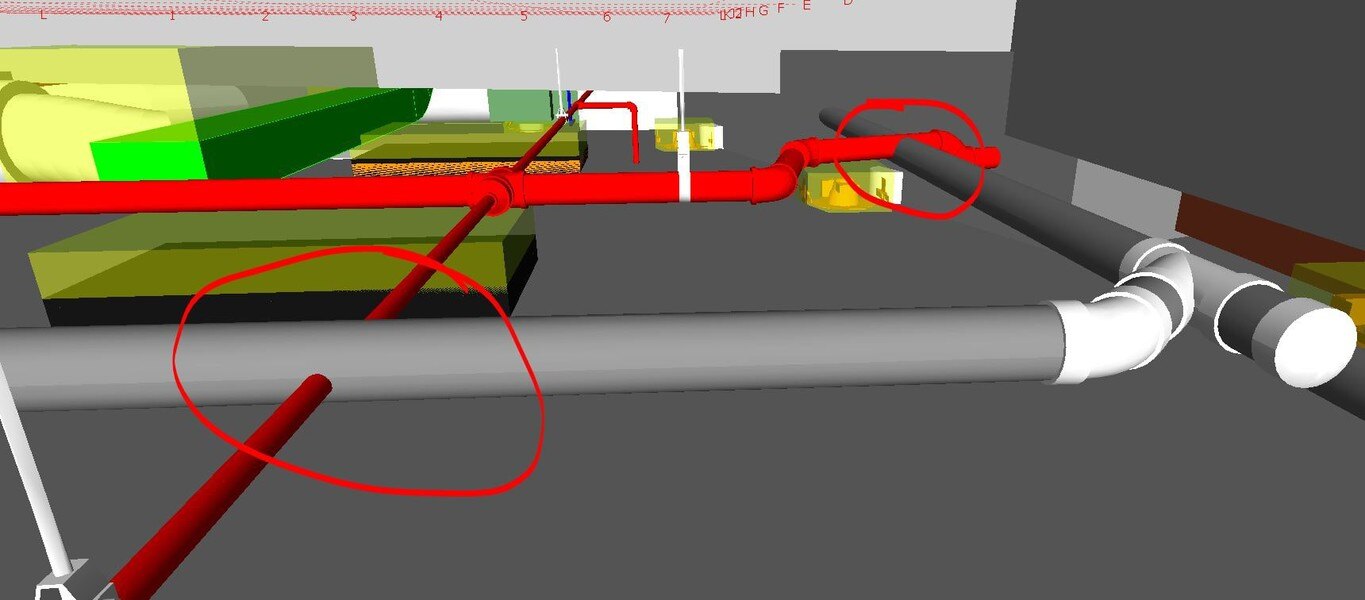
BIM clash detection involves identifying and addressing potential errors between multiple trades. This approach ensures that projects get completed on time, have top-quality standards, and are within the budget. Here is how you should successfully integrate clash detection in the workflow and apply the best practices to resolve the errors:
Clash Detection Process in the Workflow
- Early Integration: By integrating the BIM clash detection software in the initial stages, you can identify potential errors and solutions accordingly. Do the clash detection from the designing to pre-construction phases because the design evolves and more information is added, new errors may arise in the model.
- Do Regular Meetings: It is always recommended to conduct regular meetings with all the stakeholders involved in the project. You can use these meetings to review the clash reports and discuss a suitable solution. It will ensure everyone is on the same page and opinions are not clashing.
Addressing Clashes and Resolving Errors
- Create a Collaborative and Communicative Environment: Ensure that the piece of data is effectively communicated to all the stakeholders. You can use 3D models, clash reports, visual tools, and more to help stakeholders understand the clash nature to acquire the appropriate solution.
- Come Up With a Resolution Plan: Create a clear and actionable plan once you find the clashes. This should include the essential steps that need to be taken to resolve the conflicts.
Also Read: 8 BIM-related Technical and Soft Skills You Need for an Excellent BIM Career
Benefits of Clash Detection 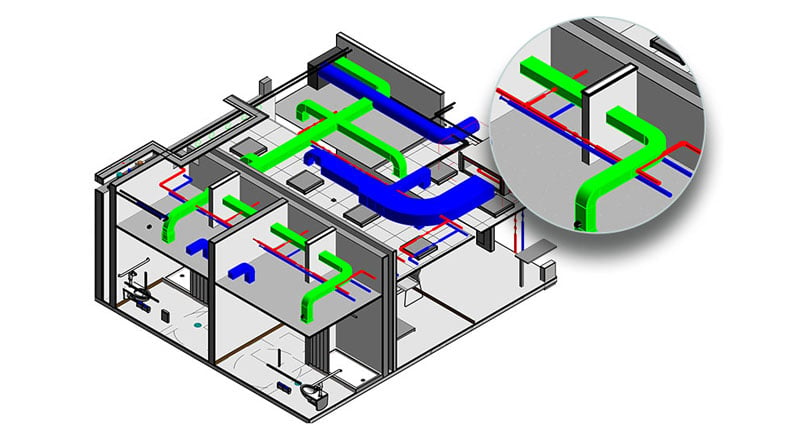
Clash detection plays a key role in ensuring that the digital presentation of a building is error-free before the actual construction begins. Here are the multiple benefits of clash detection in BIM modelling in the construction industry:
1. Streamlined Approach
A centralised BIM modelling strategy ensures the building engineer or designer has access to a universal view of the project. It ensures the construction phase progresses smoothly and efficiently with everything communicated within the team. BIM clash detection offers a greater level of transparency and provides an integrated approach.
2. Better Cost-Saving and Budget-Optimisation
Allocating the budget during the designing phase is the best option than allocating it during the actual designing phase. With the help of BIM clash detection and coordination, you can explore potential hurdles that may occur and find solutions early accordingly. This way, you can keep track of everything and do better budget optimisation.
3. Enhanced Engineering Design Documentation
In BIM modelling, clash detection plays a critical role in enhancing the accuracy and construction process quality. Clash detection with BIM technology and tools like Naviworks has eased the process of creating sophisticated building designs for designers and architects. This systematic approach guarantees that the final structure is constructed to the highest standards and closely adheres to the original design intent by thoroughly identifying and resolving conflicts.
4. Automatic Clash and Conflict Resolution
Clash detection in BIM modelling reduces the probability of on-site mishaps and structural failures by guaranteeing those elements like plumbing, HVAC (Heating, Ventilation, and Air Conditioning), and structural components are conflict-free. Modern BIM toolkit is automating multi-element clash detection. This facilitates early detection of errors, minimising on-site conflicts and ensures safety while enabling engineers and designers to model everything in advance
5. Enhanced Collaboration and Coordination between Teams
The designing phase involves multiple communication and decision-making factors. With BIM modelling and digitised clash detection workflow it makes collaboration and sharing between teams seamless. It ensures streamlined coordination with prompt knowledge transfer between members of different disciplines such as construction, design, electrical and more. The shared transparency reduces team misunderstandings and ensures everyone is aligned with the common project goal.
Challenges and Best Practices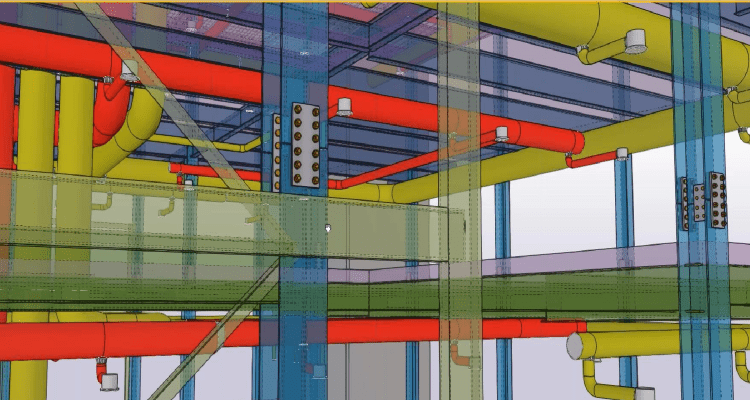
Implementing BIM thoroughly for clash detection comes with several challenges, but these can be turned into opportunities to improve project quality and efficiency by adopting best practices.
Challenges
- Tools Complexity: The BIM clash detection tools can be a barrier as mastering them may require enough time and dedication. The initial learning stage for the stakeholders can create delays in the pre-construction workflow.
- Data Volume: BIM models include multiple information, and managing the data, especially in multiple models, can be tiring and may take a lot of time.
- Coordination: All the stakeholders should work together to find the potential errors. However, aligning multiple stakeholders and setting their priorities can be daunting.
Best Practices
- Comprehensive Training: Give the team proper training and understand the functionalities of the BIM clash detection tools to maximise the potential.
- Structured Data Management: Implement a structured approach for data management by filtering, categorising, and prioritising the information to prevent data overload.
- Stay Updated with Industry Trends: Always stay ahead of the curve and know about the developments in the AEC industry and BIM tools. This will help you enhance the efficiency and effectiveness of the project.
Also Read: What a BIM Specialist Does – And How to Become One
Conclusion
BIM clash detection has transformed the AEC industry. It provides the most vital and much-needed tools to visualise, comprehend, evaluate, and eliminate the clashes in advance of the construction phase. At the same time, clash detection and BIM have facilitated the lives of architects and engineers by allowing them to oversee and control multiple elements without compromising creativity in the final stages of a project.
If you want to learn more about BIM and Clash Detection, explore the BIM Professional Course for Architects by Novatr. You can also check out our Resource Pages for more info regarding the latest trend!


 Thanks for connecting!
Thanks for connecting!

.png)
